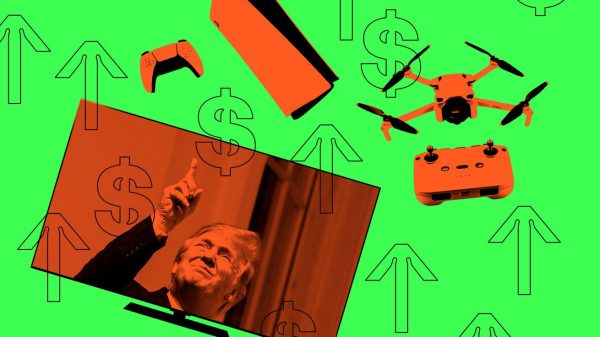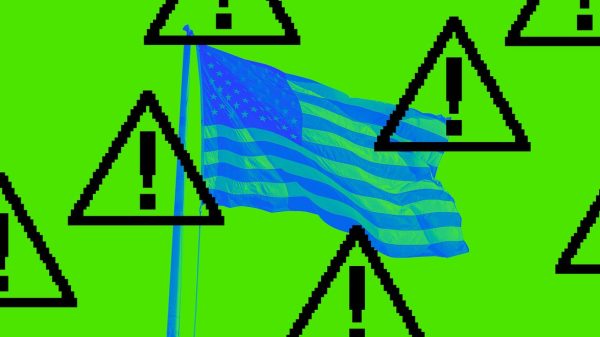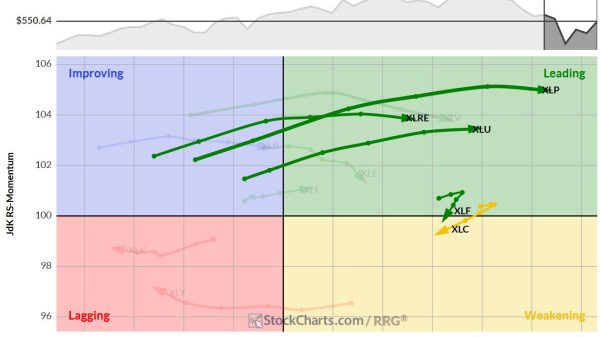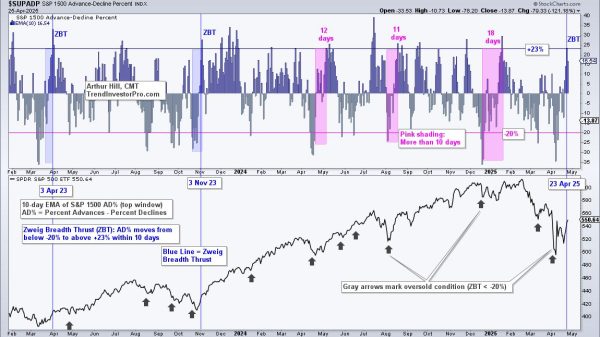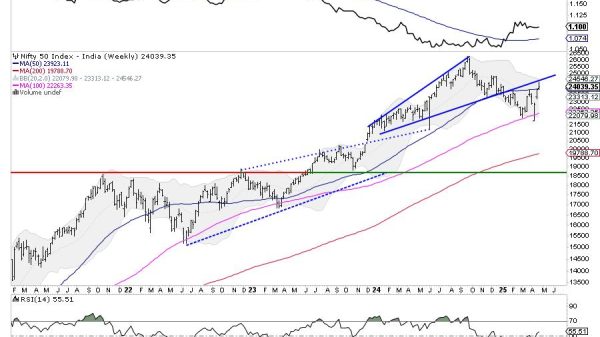Over 48 billion pounds (about 22 billion kilos) of cotton are produced worldwide every year. But what is the cotton futures contract and how can you trade it?
Cotton futures are traded by producers, processors, retailers and traders looking to hedge or speculate on the price of cocoa. Want to know a bit more about cotton trading and the cotton futures contract? Read on…
What is the cotton futures contract?
The cotton futures contract allows buyers and sellers to agree on a price for cotton today for delivery at a future date. Its price is an important benchmark used by the global cotton market.
Cotton futures contracts are typically measured in pounds of cotton. Each futures contract represents a specific amount of cotton, which is usually 50,000 pounds, or 25 tonnes. The quality of the cotton is also specified in the contract, including the grade and staple length.
The price of cotton futures contracts is quoted in cents per pound, with each tick representing a change of 0.01 cent, or a 1/100th of a cent. For example, if the price of a cotton futures contract is quoted at 88.01 cents per pound and it moves down to 88.00 cents per pound, that would represent a one-tick decrease in price.
Who trades cotton futures?
There are a number of cotton futures market participants. Cotton producers trade to hedge against the risk of future falling cotton prices, while cotton processors and retailers use cotton futures to lock in the price of cotton they need to purchase.
Cotton traders use cotton futures as they do any other financial instrument, to speculate on price movements in the cotton market in order to make money.
The history of cotton trading
Cotton futures date back to the mid-1800s. The first organised cotton futures market was established in 1870 in New York City by the New York Cotton Exchange (NYCE).
Cotton trading look on great importance during the American Civil War of the 1860s. The Union army blockade of the Confederate states caused problems for European textile mills, which were reliant on the Confederate states for their cotton. As a result, the price of cotton rose significantly, and many traders made huge profits.
In the early-1900s, trader Joseph Leiter made a fortune trading cotton futures. In 1903, he attempted to corner the market by buying up large quantities of cotton futures contracts, which caused the price of cotton to skyrocket. However, his plan ultimately failed, and he lost his entire fortune.
Trading Cotton futures
Today, cotton futures are traded on several exchanges around the world, including the Intercontinental Exchange (ICE) and the Bolsa de Mercadorias & Futuros (BM&F).
Although cotton futures were initially created to help cotton producers and processors manage their price risk, now more and more traders are using the cotton futures contract as an instrument to diversify their portfolios and risk profiles.
Trading cotton futures is one way for investors and traders to speculate on the price of cotton, and there are a range of ways to do this. Out of the various instruments available, Contracts for Difference (CFDs) is a popular choice. These have the advantage of enabling trading on margin, which allows increased exposure with lower capital.


